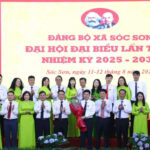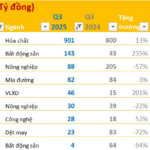Remittances on the Rise: A Boost for Ho Chi Minh City’s Economy
According to the State Bank’s Branch Office in Region 2, remittance inflows to Ho Chi Minh City in the second quarter of this year reached nearly $2.82 billion, a 16.9% increase from the first quarter and a 22.1% surge compared to the same period in 2024. For the first six months of the year, remittances totaled $5.23 billion, the highest compared to the same period in previous years.
Ms. Tran Thi Ngoc Lien, Deputy Director of the State Bank’s Branch Office in Ho Chi Minh City, Region 2, shared: “The consistent growth in remittances has contributed to the city’s economic development, boosting consumption and investment while increasing foreign currency supply.”
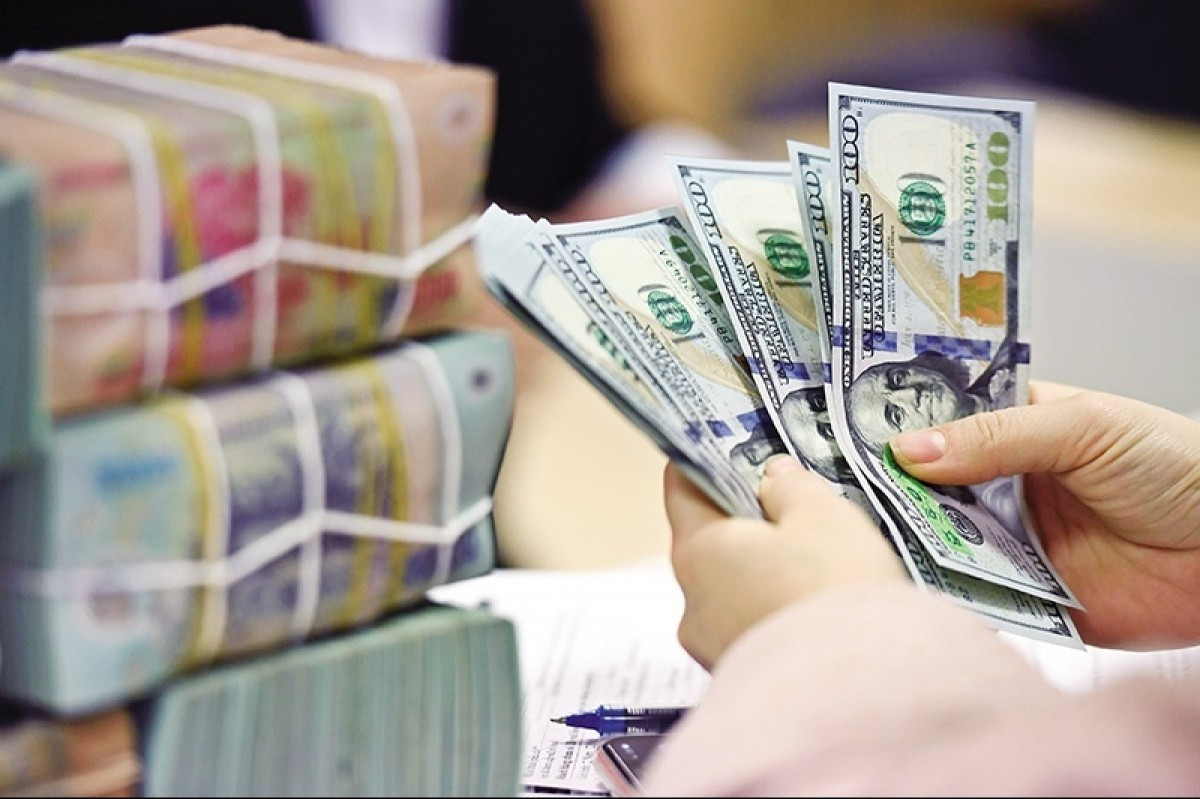
Remittances to Ho Chi Minh City in the first six months reached over $5.2 billion, the highest compared to the same period in previous years.
Market analysis reveals that Africa witnessed the highest growth rate (130.8%), followed by Europe at 16%, the Americas at 11.9%, and Oceania at 8.9%. Asia remains the largest contributor due to the significant number of Vietnamese workers in Japan, South Korea, and Taiwan.
In 2024, total remittances to Vietnam amounted to approximately $16 billion, with Ho Chi Minh City accounting for $9.6 billion, a $140 million increase from 2023. This figure is triple the amount of foreign direct investment (FDI) and the highest recorded to date. Compared to 2018, remittances to the city have doubled, showcasing a consistent growth trend over the years.
Remittances: A Vital Pillar of Support
Financial and banking expert Nguyen Tri Hieu highlights the distinction between remittances and FDI. While FDI depends on preferential policies and may withdraw when profits decline, remittances are sent without political or economic commitments. “This source of capital significantly contributes to economic development, particularly in increasing foreign currency supply and stabilizing exchange rates,” emphasized Mr. Hieu.
According to Mr. Hieu, there is significant potential for remittance growth in the coming years, even doubling the current $16 billion with breakthrough solutions. One reason is the growing Vietnamese diaspora and the increasing number of overseas workers. However, he points out that most remittances are currently used for family support or real estate investment, with limited channels to attract long-term investments from overseas Vietnamese.
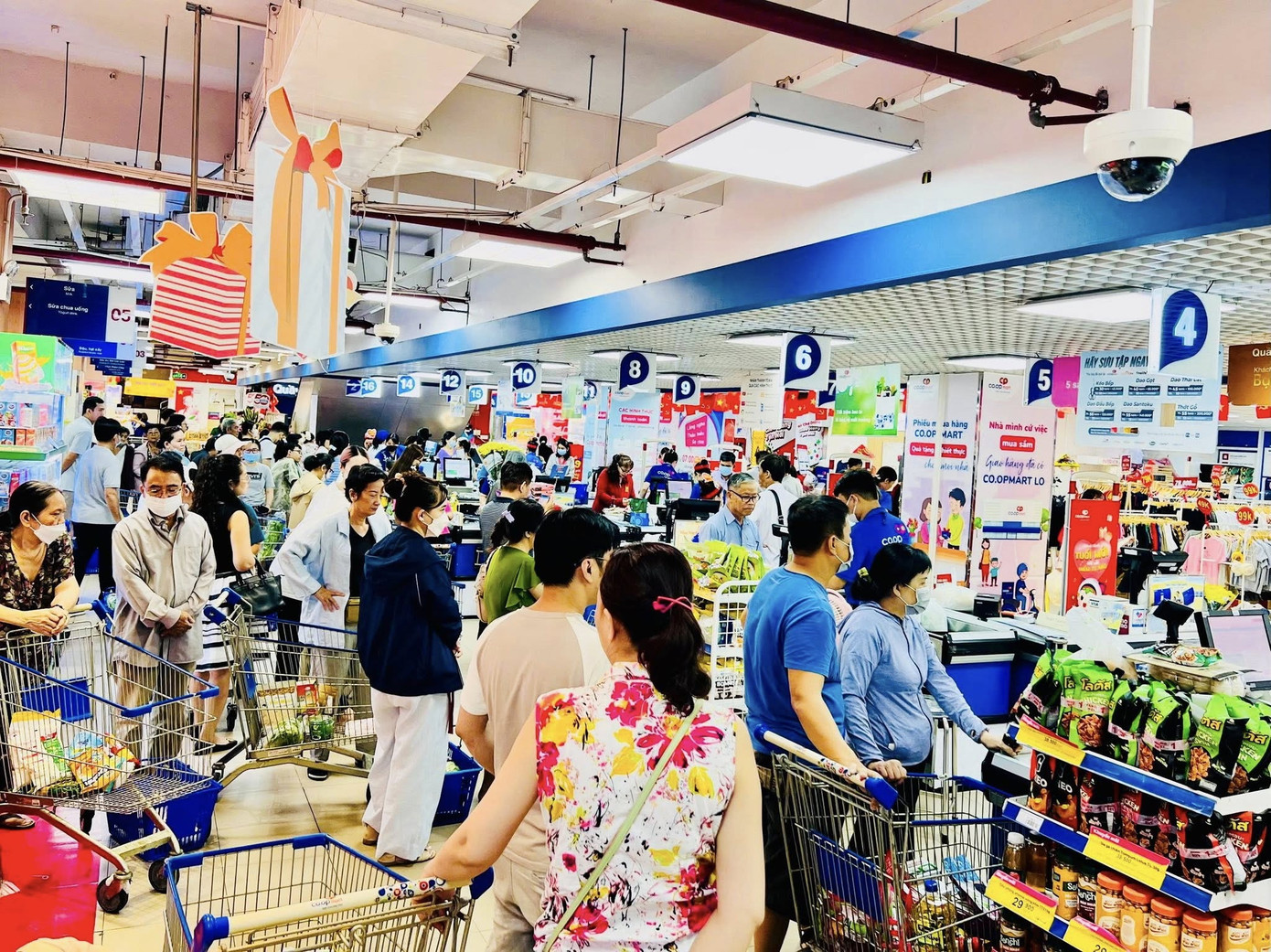
Remittances are a crucial source of funding for socio-economic development.
“Ho Chi Minh City has recently proposed a plan to attract remittances through the issuance of bonds to overseas Vietnamese. As bonds represent a form of borrowing rather than a gift, there are procedures to be followed due to inter-country relations, financial market differences, and varying tax regulations. This channel will take time to implement, offering a future opportunity for the city’s remittance inflows,” shared Mr. Hieu.
Dr. Can Van Luc, a member of the Monetary and Financial Policy Advisory Council, underscores the importance of remittances as a vital pillar for the economy. He also notes that most of the funds are channeled into real estate, followed by consumption, family support, and a portion into production, business, and investment. Statistics indicate that approximately 15-20% of remittances in Vietnam are directly invested in real estate.
Strategies to Attract Remittances
To effectively harness this source of capital, Ho Chi Minh City has implemented a project titled “Attracting and Utilizing Remittances Efficiently until 2030.” One key solution is the issuance of bonds exclusively for overseas Vietnamese, linked to specific projects with a maturity of 5-10 years.
At the conference on “Policies to Promote the Effectiveness of Remittances in Ho Chi Minh City from now until 2030,” Dr. Le Thi Thanh Nhan from the University of Australia suggested that the city should encourage overseas Vietnamese to invest in business and develop investment programs. The city can offer tax exemptions or incentives for the first year to motivate overseas Vietnamese to invest from abroad. Collaborating with banks to provide interest rates for remittances kept in accounts can also stimulate capital flow into production and business.
According to Dr. Nhan, India’s experience could offer insights for Vietnam. India allows its diaspora to enjoy rights similar to those of its citizens, including the right to invest in real estate and tax incentives on land for community projects and smart city development.
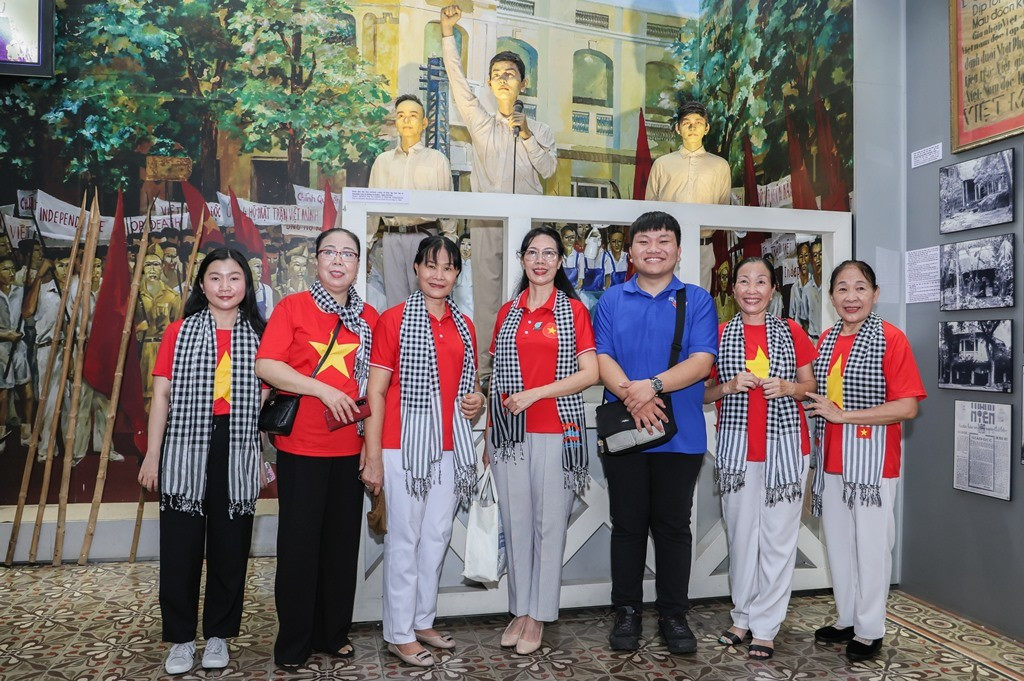
Ho Chi Minh City gathering with overseas Vietnamese to celebrate the 80th National Day
From a management perspective, Mr. Nguyen Duc Lenh, Deputy Director of the State Bank’s Branch Office in Region 2, emphasized that stable monetary, credit, and foreign exchange policies are crucial factors in attracting remittances to Ho Chi Minh City. In the first six months of the year, exchange rates and the foreign exchange market remained stable, and inflation was controlled, bolstering the confidence of overseas Vietnamese.
Additionally, the increasing convenience of remittance payment services offered by commercial banks and remittance companies serves as a direct motivator. As a result, Ho Chi Minh City expects to attract over $10 billion in remittances for the full year of 2025.
Research by the Committee for Overseas Vietnamese in Ho Chi Minh City indicates that remittances are shifting positively towards securities, bonds, business establishment, production, and real estate. This not only generates additional capital for development but also contributes to expanding domestic investment, creating jobs, and increasing state budget revenues from production activities.
Sóc Sơn: The Aspiration to Become the Sustainable Northern Metropolis of the Capital
The Soc Son District Party Committee’s resolution envisions a breakthrough development by 2045, with a fresh perspective and approach, aiming to establish itself as a sustainable northern urban area of Hanoi. To achieve this ambitious goal, Soc Son will leverage its strengths and focus on economic restructuring and tourism promotion, setting a new course for its future.
The Ultimate Guide to Southern Routes: Navigating Key Connections with Precision
The Ho Chi Minh City route through the city will be completed and operational this year. In addition, the Hochiminh City – Thu Dau Mot – Chon Thanh expressway is slated for completion in the third quarter of 2027.

























